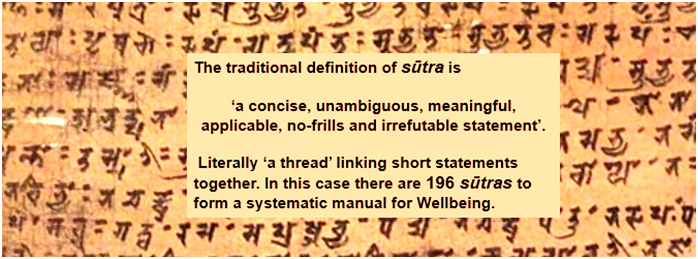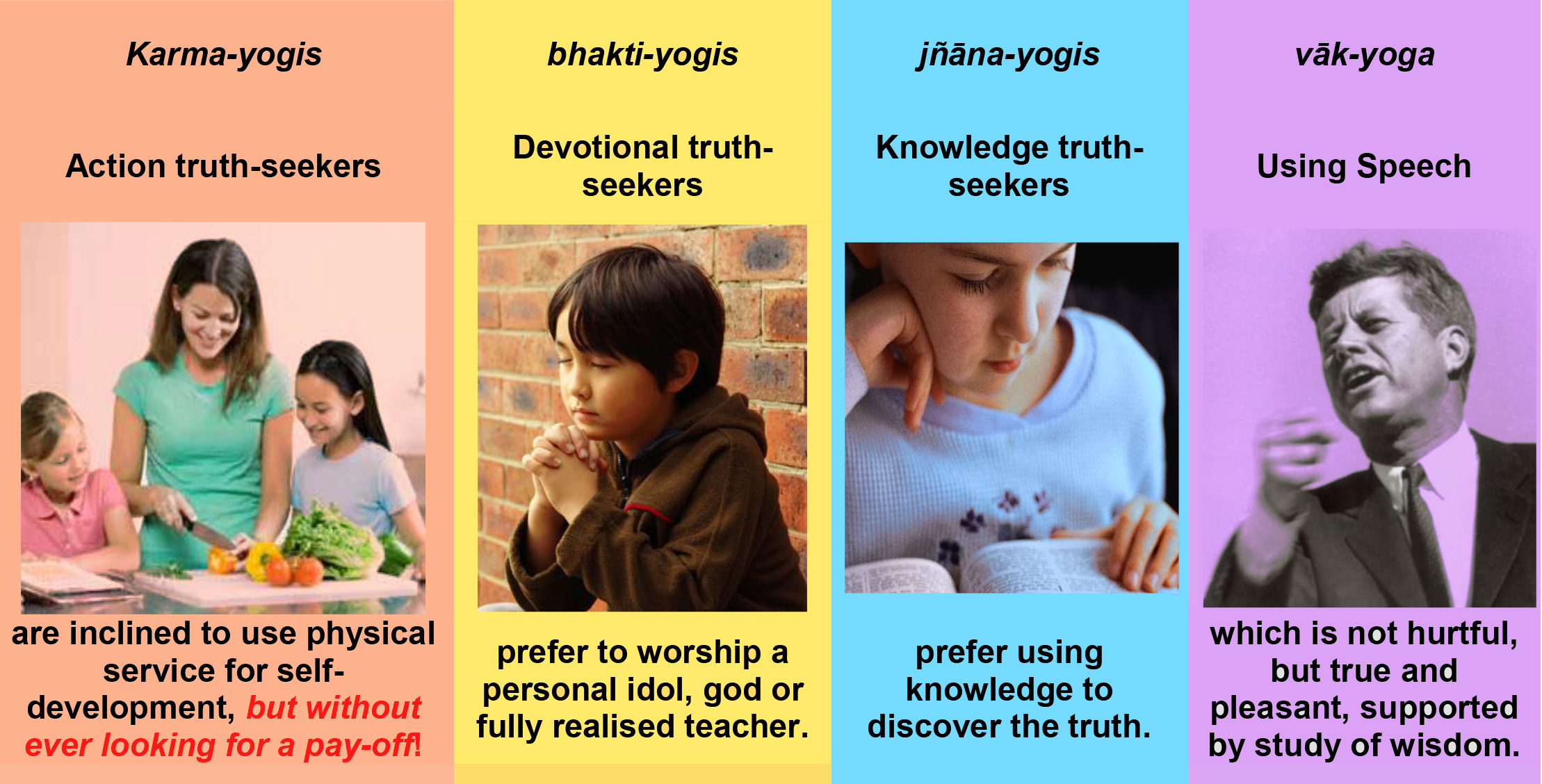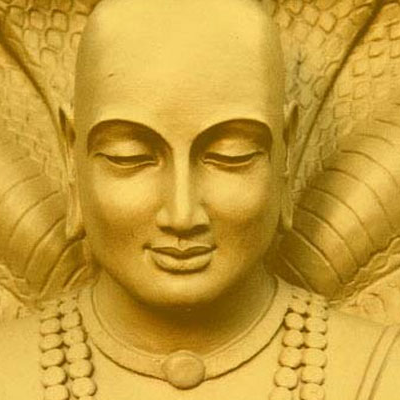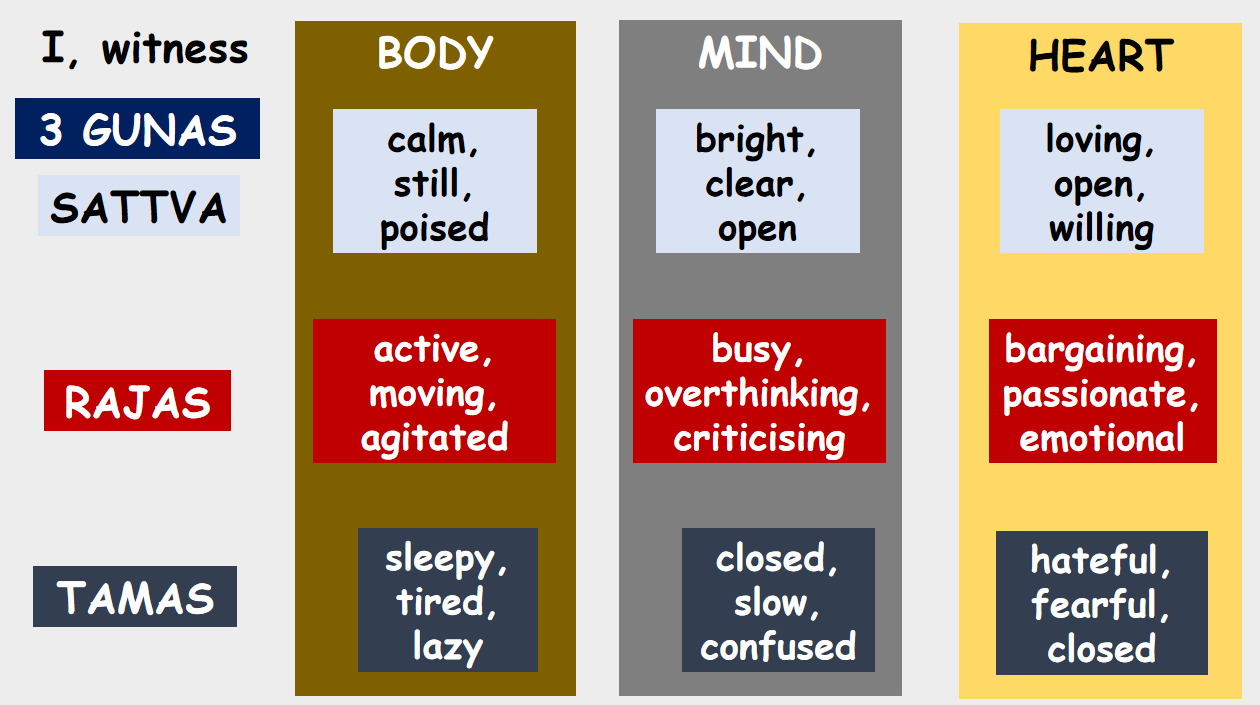INTRODUCTION
 PATAÑJALI YOGA-SŪTRAS
PATAÑJALI YOGA-SŪTRAS
A few thousand years ago, Patañjali, a sage from India, developed a
scientific step-by-step approach to lead ordinary human beings from the common
experience of chaos,confusion and negative emotions to the highest level of
well-being.
This manual contains 196 statements (sūtras) in four chapters.
For one who has conquered the self by himself, the self is a friend.
bandurātmā'tmanastasya yenātmaivātmanā jitaḥ.


But for the unconquered self in conflict, the self is indeed like an enemy.
anātmanastu śatrutve vartetātmaiva śatruvat.
Bhagavad Gītā 6.6
 Samādhi
Samādhi
Etymology of Yoga is ‘yuj samādhau.’ 'In samādhi' and 'in joining, uniting.' Samādhi is unconditional happiness.
Glimpses of samādhi on this journey should be taken as encouragement and
proof of progress that mind and heart are getting calmer.

 Haṭha Yoga
Haṭha Yoga
Yoga teachers, yoga courses and books usually teach āsanas or postures and prāṇāyāma or breathing techniques. This is called Haṭha Yoga. It is a preparation for meditation.
ha - ṭha - yoga
breath - mind - joining
Haṭha Yoga also describes methods for cleaning the physical body inside and outside in preparation for meditation.
Yoga eliminates misery in a person who is moderate with food, leisure and work and also measured in sleep and wakefulness.

yuktāhāravihārasya yuktaceṣṭasya karmasu.
yuktasvapnāvabodhasya yogo bhavati duḥkhahā.
BG 6.17

All paths should be used but there will be personal preferences.
Speech that hurts no one, that is true, loving, beneficial and supported by regular study constitutes the discipline of speech.

anudvegakaraṃ vākyaṃ satyaṃ priyahitaṃ ca yat.
svādhyāya-abhyasanaṃ caiva vāṅmayaṃ tapa ucyate.
अनुद्वेगकरं वाक्यं सत्यं प्रियहितं च यत्।
स्वाध्याय-अभ्यसनं चैव वाङ्मयं तप उच्यते॥

















